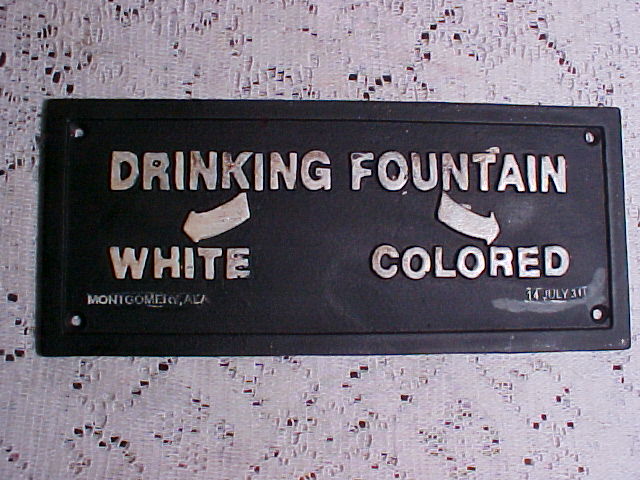Papio Bldg Dept
Platinum Member
I am re-evaluating my definition of equivalent facilitation in light of an interpretation by our Region VII ADA Center regarding sales and service counters in new construction. I have never before permitted a fold-down counter in new construction for sales and service counters while using the 2006 IBC/ANSI or the 2010 ADA SAD.
A current tenant finish is wishing to install a 96 inch long by 43 inch tall sales counter from a previous location as a fixed element. They are requesting to add a 36 inch long by 36 inch tall fold down counter at one end rather than provide a fixed counter as they say it will not work with their chair and walk-through layout. Rather than boil over about how it is new construction and they should be able to provide a compliant design with equivalent service elements at the same point of sale/service, I am instead asking for your input and advice.
Please add code sections that I may have omitted. Thanks in advance.
103 Equivalent Facilitation. Nothing in these requirements prevents the use of designs, products, or technologies as alternatives to those prescribed, provided they result in substantially equivalent or greater accessibility and usability.
Advisory 103 Equivalent Facilitation. The responsibility for demonstrating equivalent facilitation in the event of a challenge rests with the covered entity. With the exception of transit facilities, which are covered by regulations issued by the Department of Transportation, there is no process for certifying that an alternative design provides equivalent facilitation.
227 Sales and Service
227.1 General. Where provided, check-out aisles, sales counters, service counters, food service lines, queues, and waiting lines shall comply with 227 and 904.
227.3 Counters. Where provided, at least one of each type of sales counter and service counter shall comply with 904.4. Where counters are dispersed throughout the building or facility, counters complying with 904.4 also shall be dispersed.
Advisory 227.3 Counters. Types of counters that provide different services in the same facility include, but are not limited to, order, pick-up, express, and returns. One continuous counter can be used to provide different types of service. For example, order and pick-up are different services. It would not be acceptable to provide access only to the part of the counter where orders are taken when orders are picked-up at a different location on the same counter. Both the order and pick-up section of the counter must be accessible.
904 Check-Out Aisles and Sales and Service Counters
904.1 General. Check-out aisles and sales and service counters shall comply with the applicable requirements of 904.
904.2 Approach. All portions of counters required to comply with 904 shall be located adjacent to a walking surface complying with 403.
A current tenant finish is wishing to install a 96 inch long by 43 inch tall sales counter from a previous location as a fixed element. They are requesting to add a 36 inch long by 36 inch tall fold down counter at one end rather than provide a fixed counter as they say it will not work with their chair and walk-through layout. Rather than boil over about how it is new construction and they should be able to provide a compliant design with equivalent service elements at the same point of sale/service, I am instead asking for your input and advice.
Please add code sections that I may have omitted. Thanks in advance.
103 Equivalent Facilitation. Nothing in these requirements prevents the use of designs, products, or technologies as alternatives to those prescribed, provided they result in substantially equivalent or greater accessibility and usability.
Advisory 103 Equivalent Facilitation. The responsibility for demonstrating equivalent facilitation in the event of a challenge rests with the covered entity. With the exception of transit facilities, which are covered by regulations issued by the Department of Transportation, there is no process for certifying that an alternative design provides equivalent facilitation.
227 Sales and Service
227.1 General. Where provided, check-out aisles, sales counters, service counters, food service lines, queues, and waiting lines shall comply with 227 and 904.
227.3 Counters. Where provided, at least one of each type of sales counter and service counter shall comply with 904.4. Where counters are dispersed throughout the building or facility, counters complying with 904.4 also shall be dispersed.
Advisory 227.3 Counters. Types of counters that provide different services in the same facility include, but are not limited to, order, pick-up, express, and returns. One continuous counter can be used to provide different types of service. For example, order and pick-up are different services. It would not be acceptable to provide access only to the part of the counter where orders are taken when orders are picked-up at a different location on the same counter. Both the order and pick-up section of the counter must be accessible.
904 Check-Out Aisles and Sales and Service Counters
904.1 General. Check-out aisles and sales and service counters shall comply with the applicable requirements of 904.
904.2 Approach. All portions of counters required to comply with 904 shall be located adjacent to a walking surface complying with 403.



